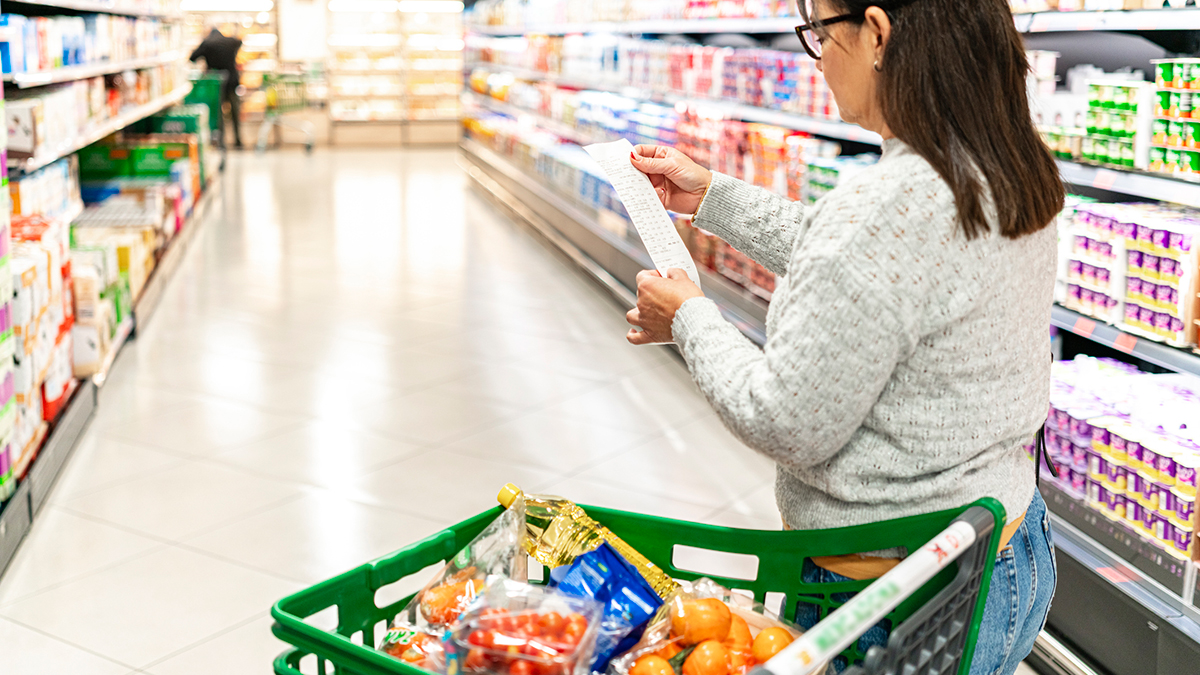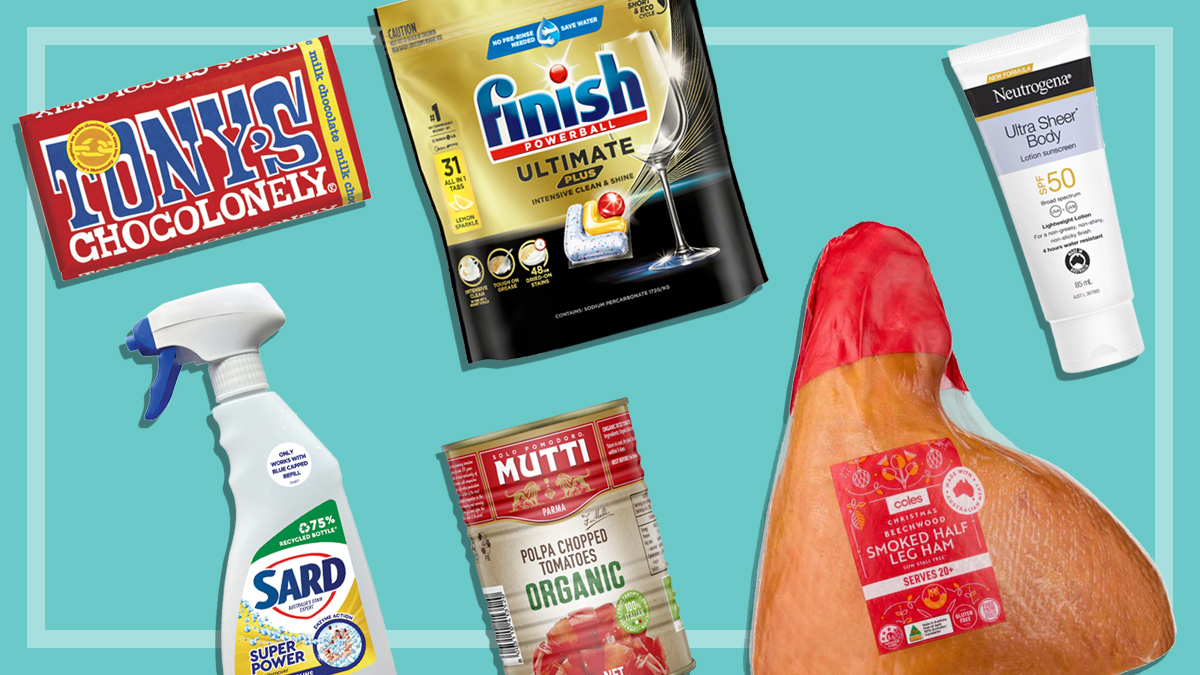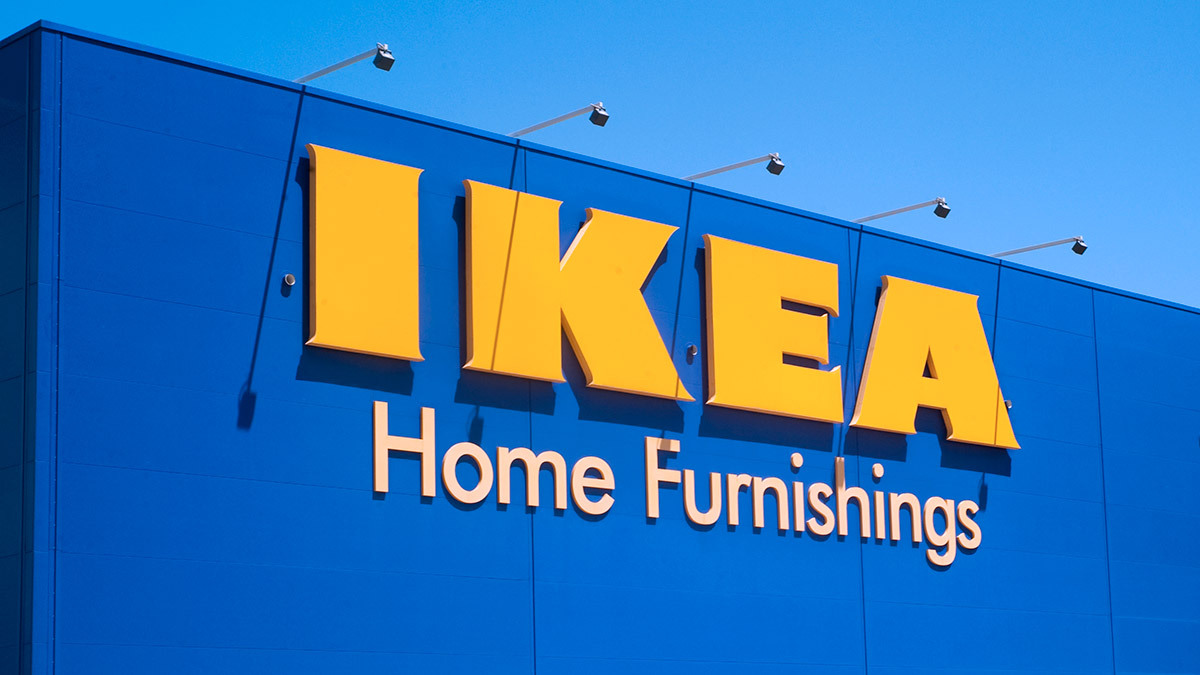Get our independent lab tests, expert reviews and honest advice.
How we survey supermarket grocery prices

Housing costs aside, the bulk of Australians’ hard-earned cash goes towards buying groceries.
On this page:
- How we choose supermarket locations
- How we compile our shopping list
- How we select brands and products
- Data collection and analysis
- Other considerations when shopping for groceries
- The CHOICE shopping list
CHOICE research shows that the vast majority of people continue to be concerned about their food and grocery expenses, with our June 2025 September Consumer Pulse survey once again finding the vast majority or Australians – 86% – are worried about the cost of groceries. This level of concern has remained consistently high since March 2022.
So we’ve made it our business to find out where you can buy the cheapest groceries. Here’s how we do it.
How we choose supermarket locations
We draw on the Australian Bureau of Statistics Socio-Economic Indexes for Areas (SEIFA) product, which ranks areas in Australia according to relative socio-economic advantage and disadvantage, in order to choose supermarkets in locations ranking from low to very high in bigger capital cities.
We also ensure a spread of locations across the country, and at each location we survey, we make sure the supermarkets we are comparing are close enough to each other to ensure that any variations in prices between stores are not due to them being in different locations.
All up our mystery shoppers visit 104 supermarkets – Coles, Woolworths, Aldi and IGA stores – in 27 locations across Australia.
How we compile our shopping list
In compiling our grocery list, we include items regularly purchased by average Australians. The intent is to compare the prices of commonly bought items, rather than creating a basket that’s representative of an average weekly shop.
In response to feedback following the first year of our quarterly surveys, we’ve included more fresh foods in our basket, while continuing to ensure the products we compare are as closely matched as possible by pack size, ingredients and country of origin.
We’re also providing more detail on which items we’re comparing. For each item on our list, the mystery shoppers visit the supermarkets in their location and purchase the products, noting when items are on special and recording the regular price.
Our full shopping list tells you which 15 items we compared in our latest survey.
How we select brands and products
In order to make the most accurate comparisons, we look at product descriptions, pack sizes, ingredients and country of origin, and instruct our shoppers on which items they should purchase.
For example, in our most recent survey, which included bananas, we stipulated that shoppers should look at Cavendish bananas, not Lady Finger or other varieties, and that they should buy Royal Gala apples and 1kg pre-packaged carrots. We also provide suggestions for alternatives, should the preferred options not be available.
When products aren’t available we purchase the nearest alternative, just as you would when shopping for your family
When we compare packaged goods, we look for the most similar options available – for this basket, that included a selection of home-brand products from Aldi, Woolworths, Coles and IGA.
When products aren’t available at the stores we visit we buy the nearest alternative, just as you would when shopping for your family. This is used to calculate the average basket cost across all the stores we survey.
Data collection and analysis
CHOICE engages with a qualified partner accredited with the Mystery Shopping Providers Association to undertake the fieldwork. Undercover shoppers visit the nominated supermarkets in a single week between Thursday and the following Tuesday to avoid the price changes that generally occur on a Wednesday.
For each item, we provide shoppers with a photo and specify the quantity, weight or pack size to make sure they’re collecting prices for the correct product.
Shoppers are required to buy the items in our basket so that we have receipts for each purchase, which we use to verify the recorded prices.
When products are on special our shoppers photograph shelf labels showing the regular price. A price is deemed to be a special when we have evidence of a temporary price reduction. Getting clear evidence of temporary price reductions on fruit and vegetables can be difficult because the labelling often makes it hard to tell if something is reduced or not, so we don’t make comparisons without specials for fresh produce.
The data is collected via an online survey platform that requires shoppers to enter prices in a consistent format for each item. Every shopper’s price list is validated for accuracy and completeness for quality assurance.
Other considerations when shopping for groceries
Supermarkets are an enormous source of research fodder, and the focus of this piece of research is on price.
But we understand that many other factors are often considered when choosing where to shop or which products to buy, including convenience, nutrition, quality, supporting smaller and/or local producers and country of origin. And for some people, some of these other factors may be a higher priority than price.
In our most recent survey we’ve included a freshness check as this is also very important to many shoppers. While our results can’t tell you about how fresh all the products from one specific chain might be, it does give a useful snapshot of what we found in the supermarkets we visited (we compared the freshness and longevity of strawberries).
We also conducted a bake-off comparing home-brand ingredients from Aldi, Coles, IGA and Woolworths by using puff pastry, frozen mixed berries and cream cheese.
Rest assured, our work on supermarkets isn’t focused only on prices. Here’s some of our other recent work on supermarket tactics and products.
- Last year we began campaigning for clearer, fairer labelling on supermarket specials, after a CHOICE survey found 4 in 5 respondents think labelling makes it hard to tell if you’re getting a genuine discount.
- We regularly review quality by comparing performance, nutrition or taste of products (including national and supermarket brands) within individual product categories. Our more recent grocery item reviews include:
If there’s a product category you’d like to see us test, you can request a test.
The CHOICE shopping list
- Chicken breasts, bulk pack
- Carrots
- Royal Gala apples
- Cavendish bananas
- Strawberries
- Full cream milk
- Cream cheese
- Thickened cream
- Sanitarium Weetbix
- Tomato sauce
- Spaghetti
- Tomato paste
- Soy milk
- Puffed pastry sheets
- Frozen mixed berries





